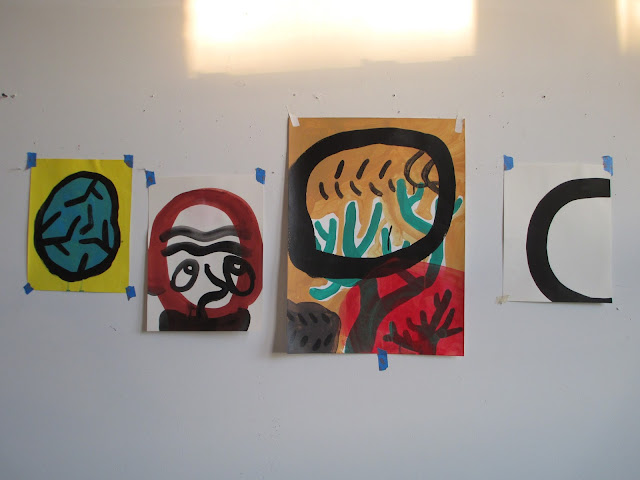| I tend to associate the pastoral with the sublime, since they are both ways of interpreting the natural world. Despite certain obvious congruencies between the two, the two perspectives are more different than alike. The pastoral conjures up mental images of giddy nobility running through pastures and swinging merrily under willows in Watteau paintings. Within the pastoral way of thinking, there is this contrived effort to portray nature as pleasant, benign, and even kind. The sublime is more vicious; it's more like the pastoral's evil, complicated twin. There is this fantastic Francis Bacon interview, which touches upon the sublime, where Bacon talks about how even under the most beautiful landscape, insects are fighting for their lives and biting each others' heads off. It's been a while since I've read it, so I might be butchering it completely, but you get the gist, gentle reader. |










Hey, these are great. I really enjoyed this post.
ReplyDelete